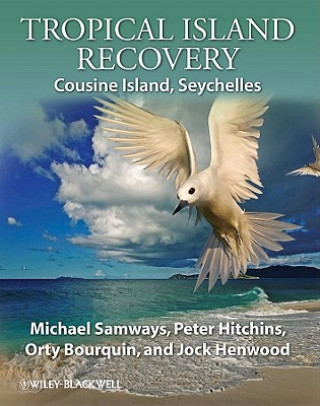
Kód: 01424710
Tropical Island Recovery - Cousine Island, Seychelles
Autor Michael J. Samways
Tropical island species and ecosystems are threatened worldwide as a result of increasing human pressure. Yet some of these islands also lend themselves to restoration, as they are physically defined units that can be given focuse ... celý popis
- Jazyk:
 Angličtina
Angličtina - Vazba: Pevná
- Počet stran: 260
Nakladatelství: John Wiley and Sons Ltd, 2010
- Více informací o knize

4127 Kč

Skladem u dodavatele v malém množství
Odesíláme za 10-14 dnů
Potřebujete více kusů?Máte-li zájem o více kusů, prověřte, prosím, nejprve dostupnost titulu na naši zákaznické podpoře.
Přidat mezi přání
Mohlo by se vám také líbit
Dárkový poukaz: Radost zaručena
- Darujte poukaz v libovolné hodnotě a my se postaráme o zbytek.
- Poukaz se vztahuje na celou naši nabídku.
- Elektronický poukaz vytisknete z e-mailu a můžete ihned darovat.
- Platnost poukazu je 12 měsíců od data vystavení.
Více informací o knize Tropical Island Recovery - Cousine Island, Seychelles
Nákupem získáte 413 bodů
 Anotace knihy
Anotace knihy
Tropical island species and ecosystems are threatened worldwide as a result of increasing human pressure. Yet some of these islands also lend themselves to restoration, as they are physically defined units that can be given focused attention, as long as resources are available and clear conservation targets are set. Cousine Island, Seychelles, is a tropical island that has received such intensive restoration. From a highly degraded island in the 1960s, the island has now been restored to what is believed to be a semblance of the natural state. All alien vertebrates have been eradicated, as have 25 invasive alien plants. Cultivated plants are now confined to one small section of the island. Poaching of nesting marine turtles has been stopped, leading to an increase in turtle breeding numbers. The shearwater population has increased in size with poaching activities under control. The Sooty tern has also returned to the island to breed. The coastal plateau has been restored with over 2500 indigenous shrubs and trees, which have now grown into a forest carpet. There are strict quarantine procedures on the island, keeping it free of rats, mice, various alien invertebrates and potentially invasive alien plants. Three threatened Seychelles endemic land birds (Seychelles warbler, Seychelles magpie robin and Seychelles white-eye) have been introduced and are thriving, with these introductions contributing to both the magpie robin and the white-eye being downgraded from CR to EN (the warbler remains at VU). Ecotourism, and nature conservation for the local inhabitants, have been introduced in a way that does not reduce the improved compositional, structural and functional biodiversity of the island. The result of the restoration effort appears to be sustainable in the long term, although challenges still remain, especially with regards to adequate clean water and a non-polluting power supply on the island. Cousine is thus paving the way in the art and science of tropical island restoration as a legacy for future generations.§There is no other book available on this case study. The need for the book arises from the fact that here is a positive note for conservation in these times of so much negative news on the state of our environment. More importantly, the book shows how such restoration should be done, and is therefore a model for many other islands around the world. The book has many illustrations so as to give the book wide appeal and literally to show what can done in terms of restoration. All this is based on much scientific detail, including many new data. The aim is, by way of example, to demonstrate how practical restoration, based on sound scientific research, can be carried out for the betterment of ecological integrity and ecosystem health.Tropical islands around the world are losing much of their biodiversity. Cousine Island, Seychelles, is a remarkable example of recovery which runs countercurrent to this trend of tropical island impoverishment. From a highly degraded island in the 1960s, Cousine Island is now a revitalized carpet of natural vegetation and a haven for nesting seabirds. All alien vertebrates have been eradicated, as have most of the invasive alien plants. Poaching of nesting marine turtles and shearwaters has stopped, leading to an increase in breeding numbers. The Sooty tern has returned to the Island to breed after an absence of 30 years. The coastal plain has been restored with indigenous trees, bringing back the historic forest type. Rats, mice and crazy ants, and other alien organisms, are kept off the Island by strict quarantine measures. Three threatened Seychelles endemic land birds (Seychelles warbler, Seychelles magpie robin and Seychelles white-eye) have been established and are breeding successfully. Overall, the Island restoration programme has improved the compositional, structural and functional biodiversity of the island. The coral reefs are also recovering after the mass coral bleaching event at the end of the last century. Cousine Island is thus paving the way in the craft and science of tropical island restoration as a legacy for future generations.§This book is about the recovery of Cousine Island and its natural history, told in much detail and with profuse illustration. It is for restoration ecologists, tropical ecologists, island enthusiasts, and for anyone interested in tropical island natural history.
 Parametry knihy
Parametry knihy
Zařazení knihy Knihy v angličtině Mathematics & science Biology, life sciences Life sciences: general issues
4127 Kč
- Plný název: Tropical Island Recovery - Cousine Island, Seychelles
- Autor: Michael J. Samways
- Jazyk:
 Angličtina
Angličtina - Vazba: Pevná
- Počet stran: 260
- EAN: 9781444333091
- ISBN: 1444333097
- ID: 01424710
- Nakladatelství: John Wiley and Sons Ltd
- Hmotnost: 1050 g
- Rozměry: 257 × 224 × 20 mm
- Datum vydání: 13. April 2010
Oblíbené z jiného soudku
-
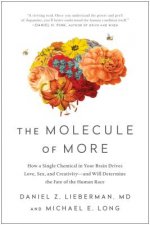
The Molecule of More
399 Kč -
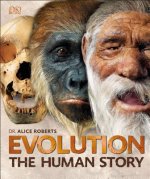
Evolution
675 Kč -
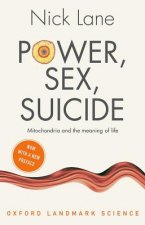
Power, Sex, Suicide
330 Kč -

Psychopath Inside
404 Kč -

Murderous Minds
384 Kč -
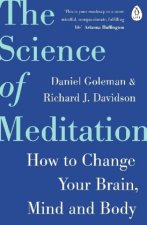
Science of Meditation
323 Kč -

Oxygen
302 Kč -

Race Differences in Intelligence
873 Kč -
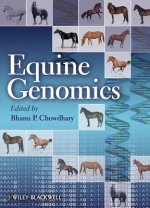
Equine Genomics
5435 Kč -
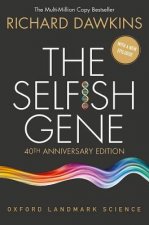
The Selfish Gene
303 Kč -
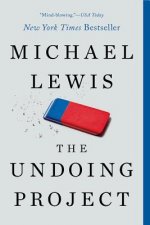
Undoing Project
335 Kč -
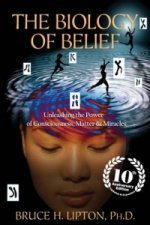
Biology of Belief
441 Kč -
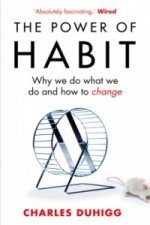
Power of Habit
239 Kč -
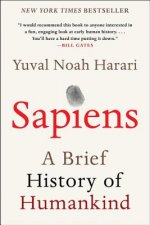
Sapiens
378 Kč -
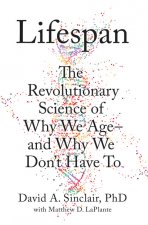
Lifespan
597 Kč -
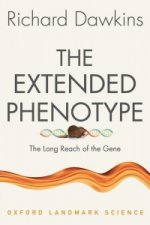
The Extended Phenotype
329 Kč -
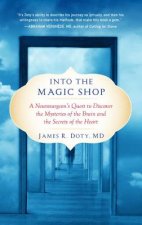
Into the Magic Shop
368 Kč -
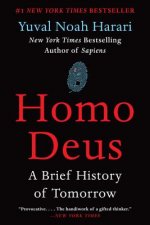
Homo Deus
323 Kč -
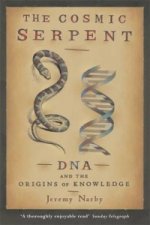
Cosmic Serpent
256 Kč -

Greatest Show on Earth
323 Kč -
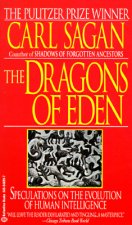
Speculations on the Evolution of Human Intelligence
227 Kč -

Blind Watchmaker
378 Kč -

We Are Our Brains
323 Kč -
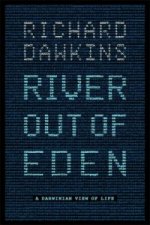
River Out of Eden
276 Kč -

Brain Book
543 Kč -

Human Brain Coloring Book
467 Kč -

Crack In Creation
365 Kč -
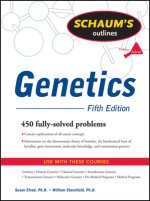
Schaum's Outline of Genetics, Fifth Edition
692 Kč -
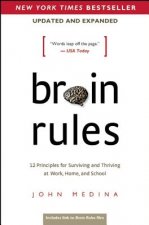
Brain Rules (Updated and Expanded)
337 Kč -

Hidden History of the Human Race
346 Kč -
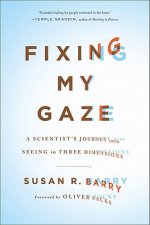
Fixing My Gaze
530 Kč -
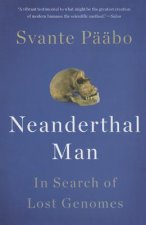
Neanderthal Man
374 Kč -
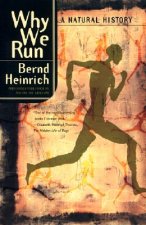
Why We Run
406 Kč -
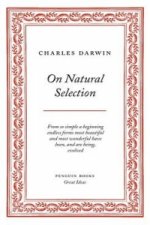
On Natural Selection
185 Kč -
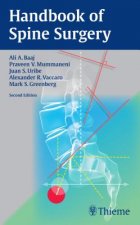
Handbook of Spine Surgery
2449 Kč -
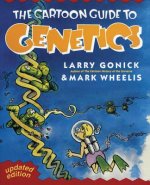
Cartoon Guide to Genetics
410 Kč -
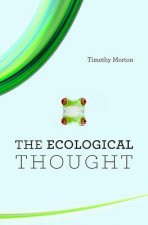
Ecological Thought
778 Kč -
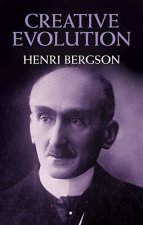
Creative Evolution
451 Kč -
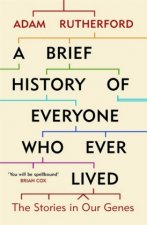
Brief History of Everyone Who Ever Lived
213 Kč -
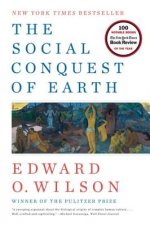
Social Conquest of Earth
386 Kč -
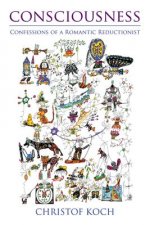
Consciousness
399 Kč -
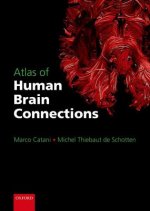
Atlas of Human Brain Connections
4504 Kč -

Double Helix
452 Kč -
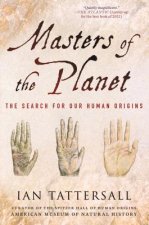
Masters of the Planet
392 Kč -
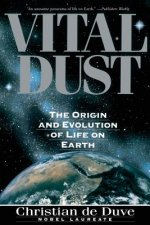
Vital Dust
822 Kč -
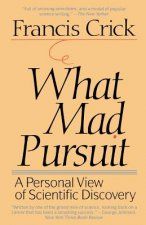
What Mad Pursuit
683 Kč -
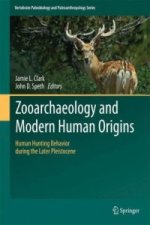
Zooarchaeology and Modern Human Origins
2998 Kč -
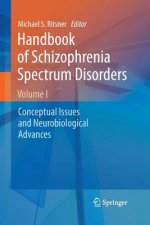
Handbook of Schizophrenia Spectrum Disorders, Volume I
5094 Kč -
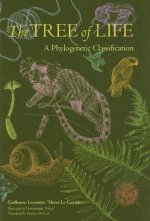
Tree of Life
1225 Kč
Osobní odběr Praha, Brno a 12903 dalších
Copyright ©2008-24 nejlevnejsi-knihy.cz Všechna práva vyhrazenaSoukromíCookies


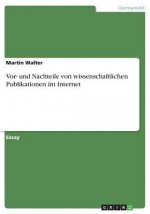
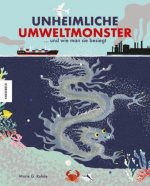
 Vrácení do měsíce
Vrácení do měsíce 571 999 099 (8-15.30h)
571 999 099 (8-15.30h)